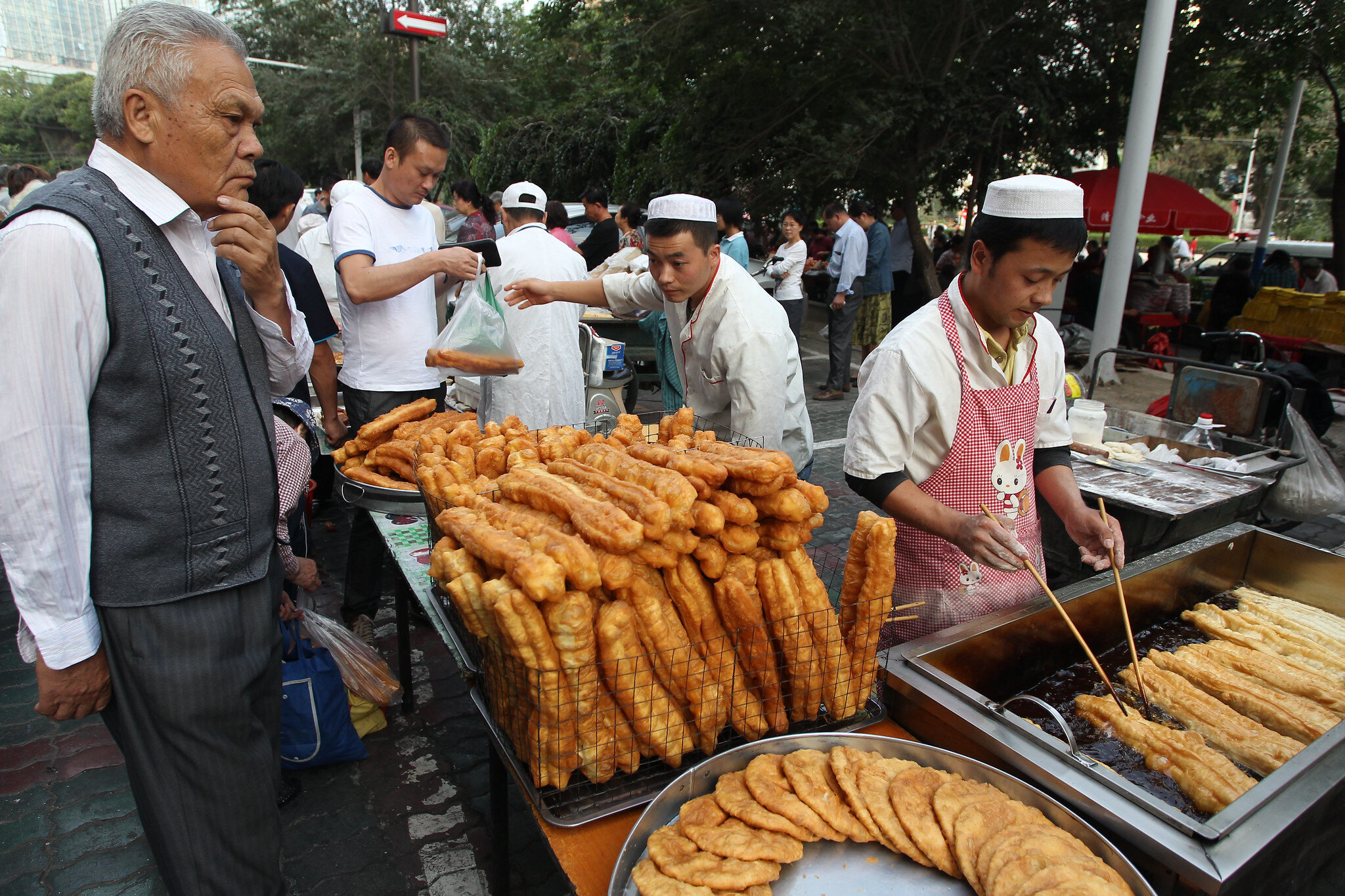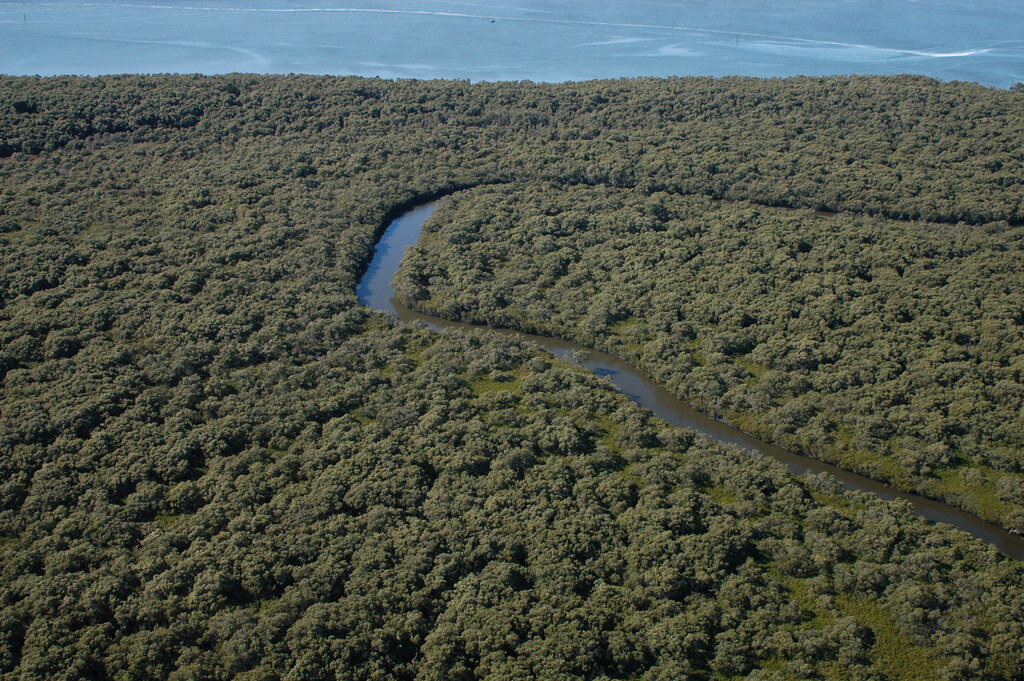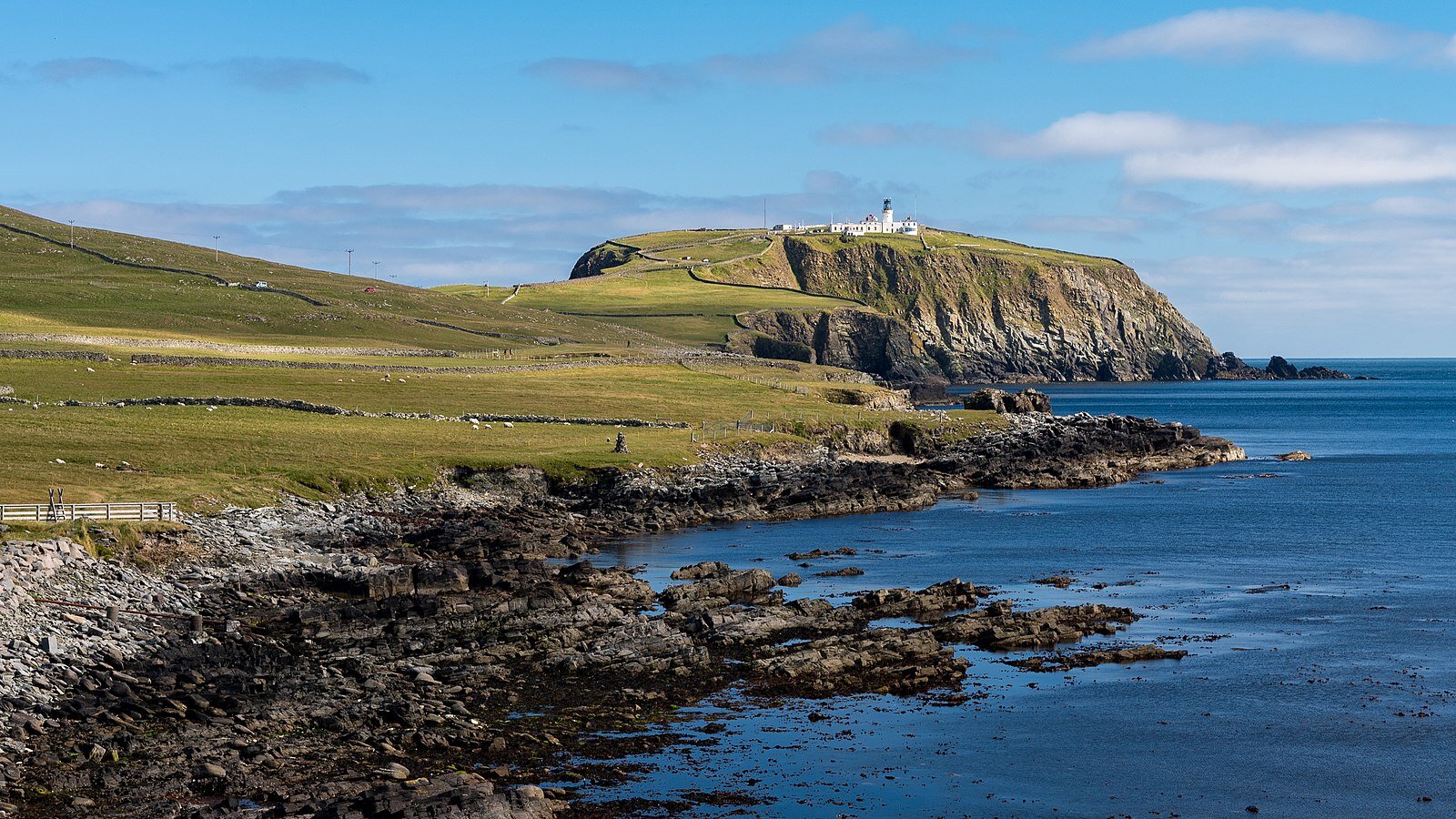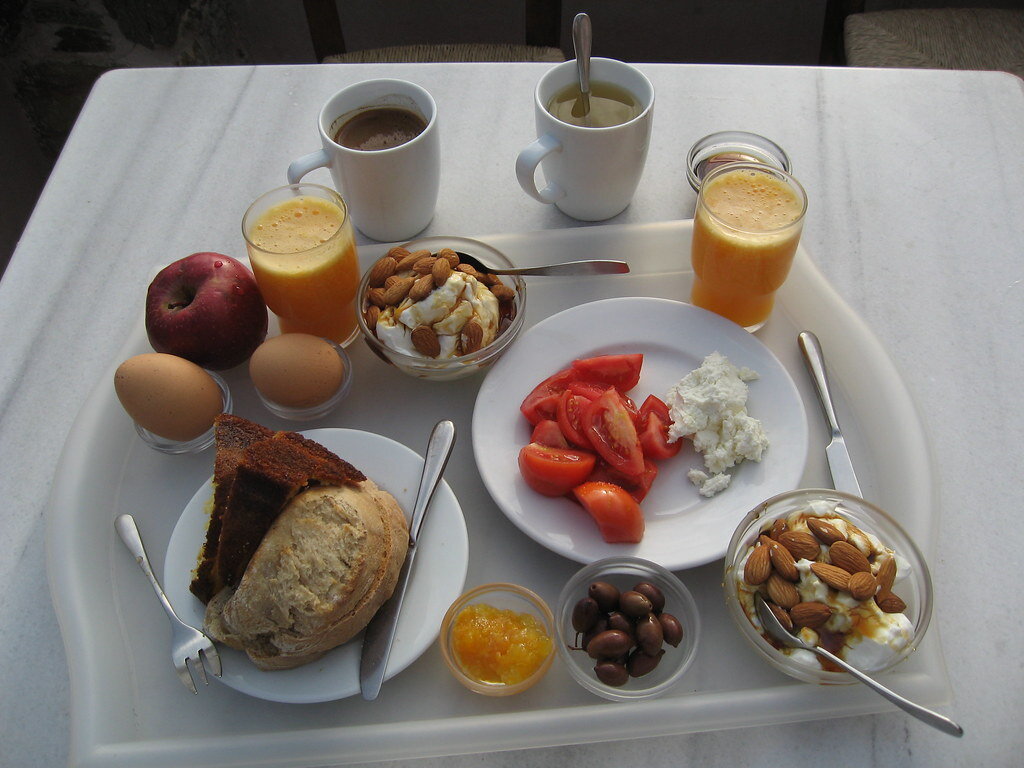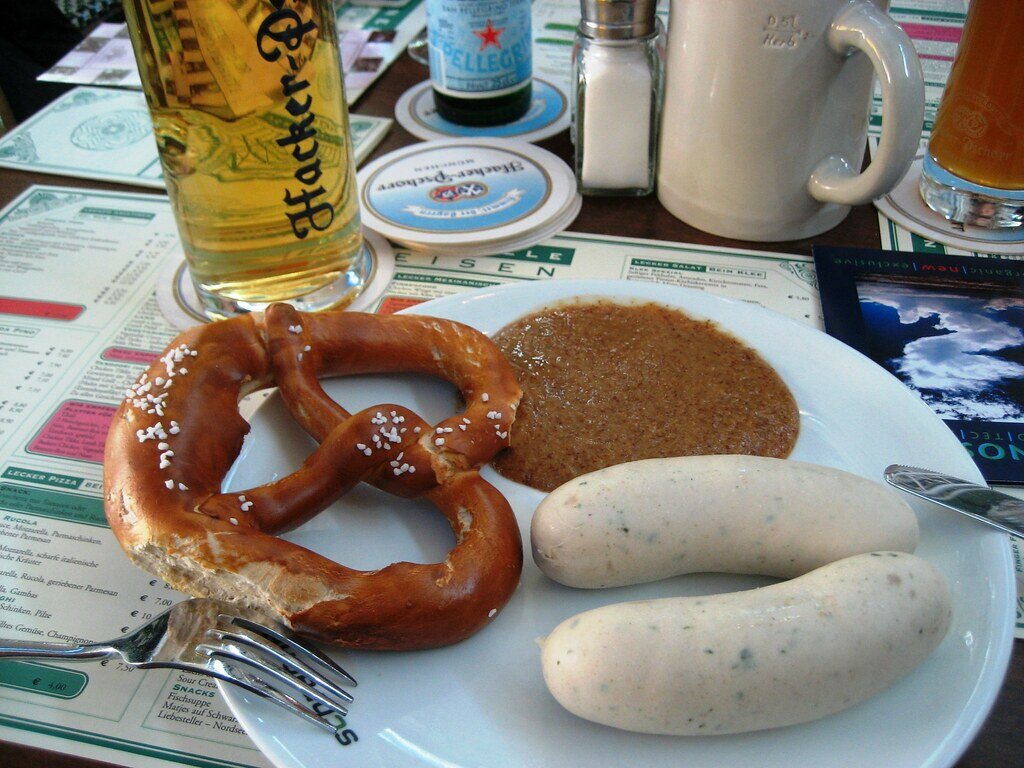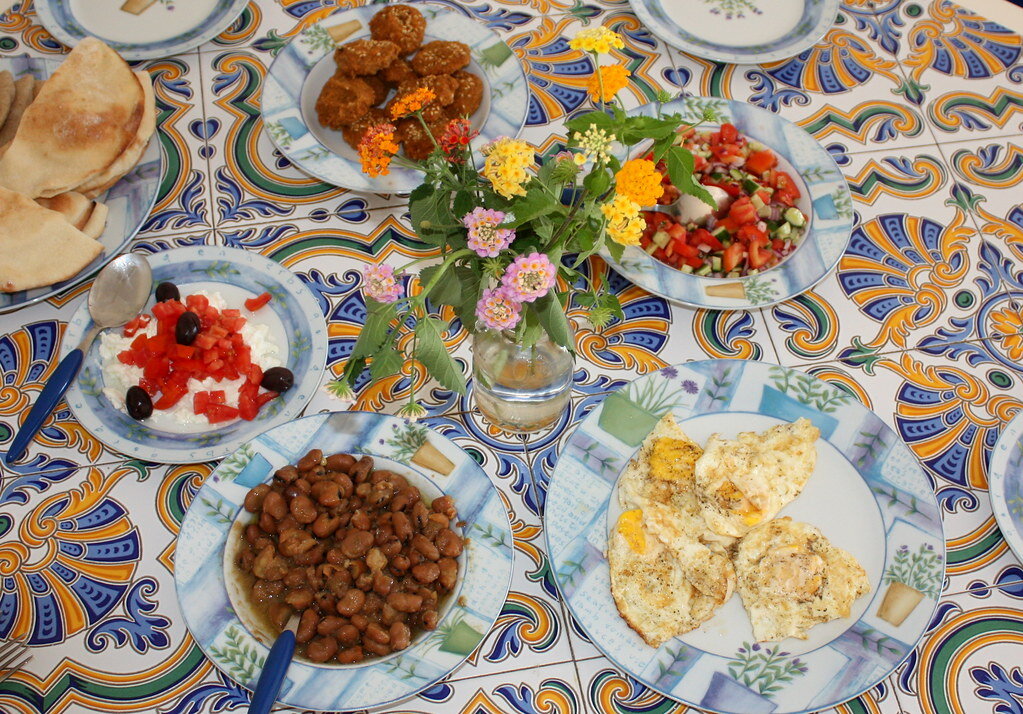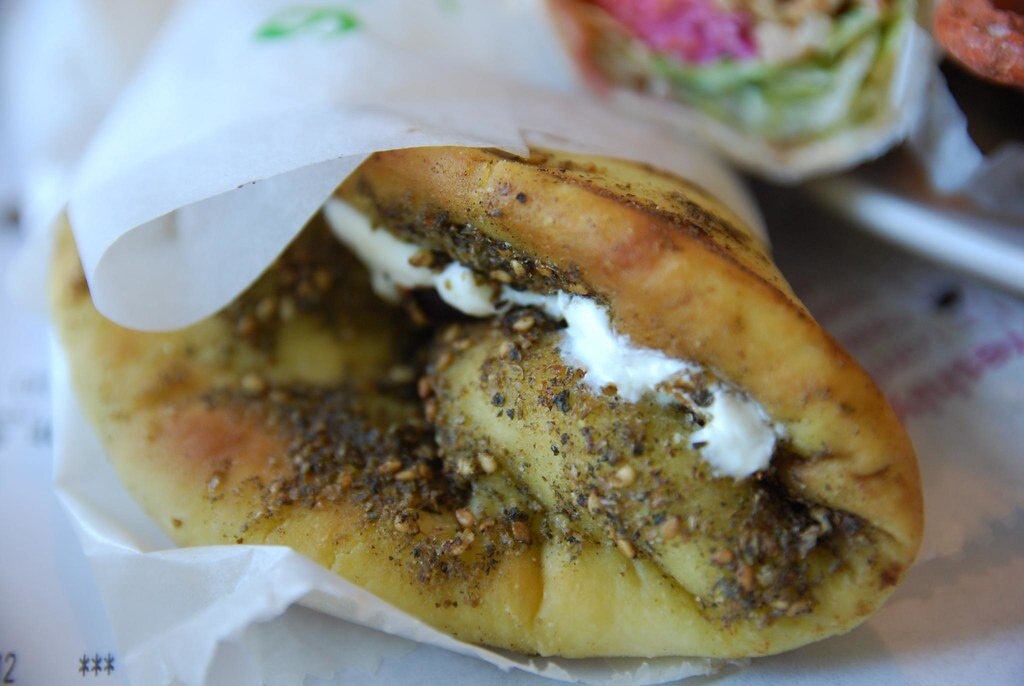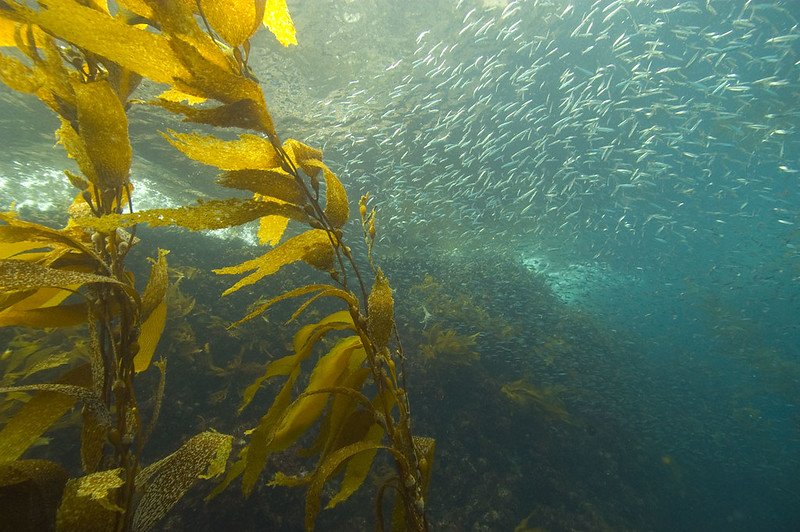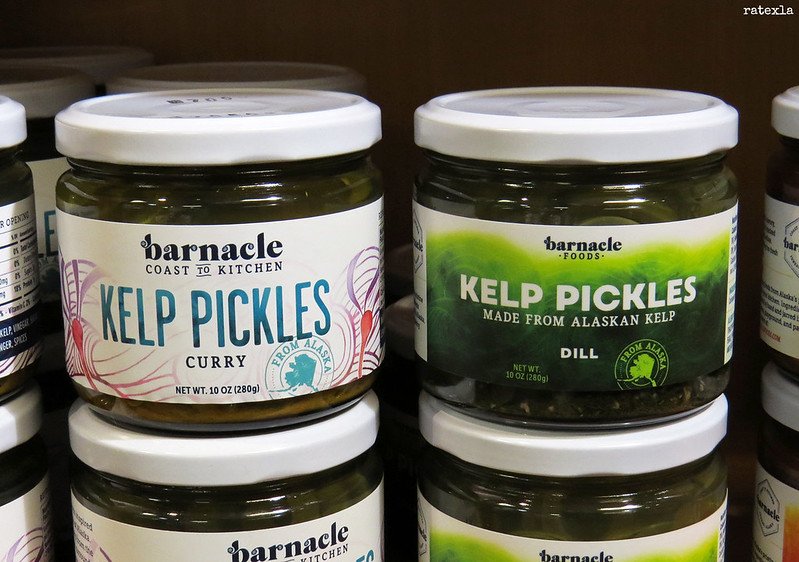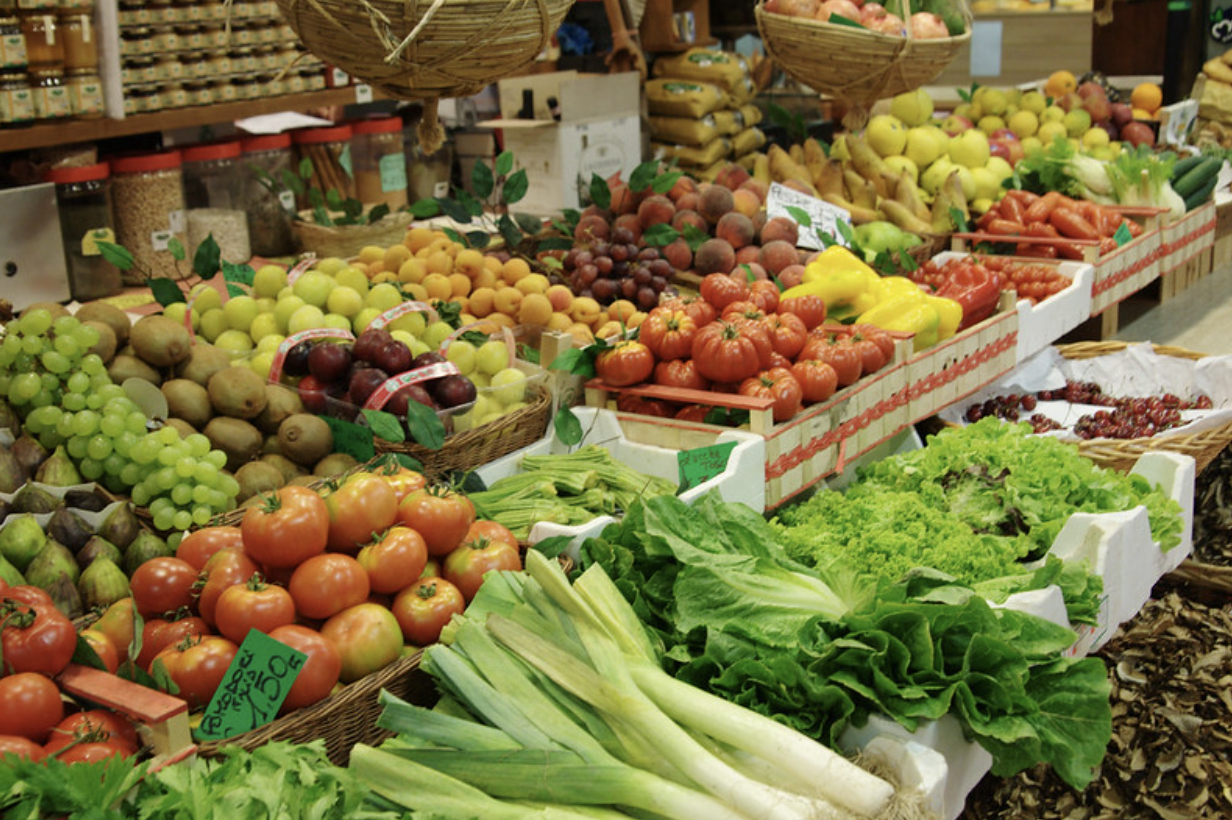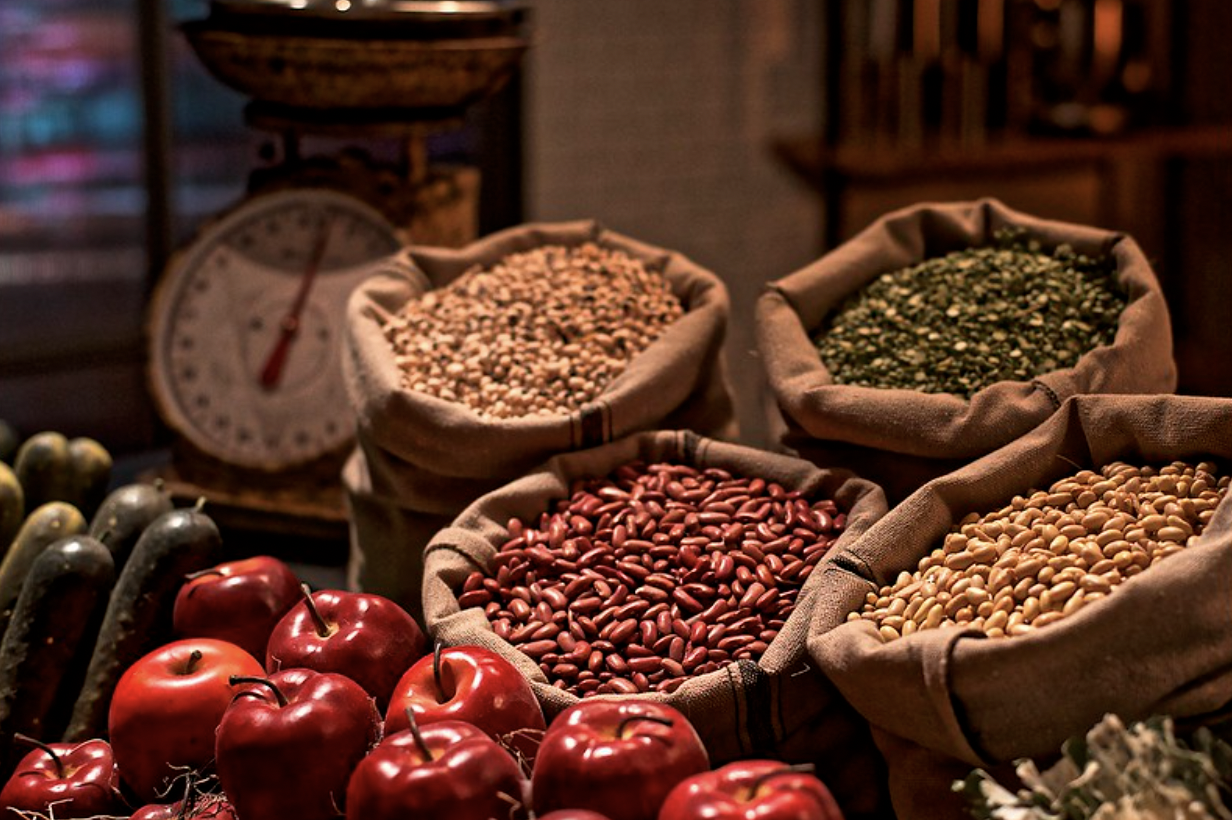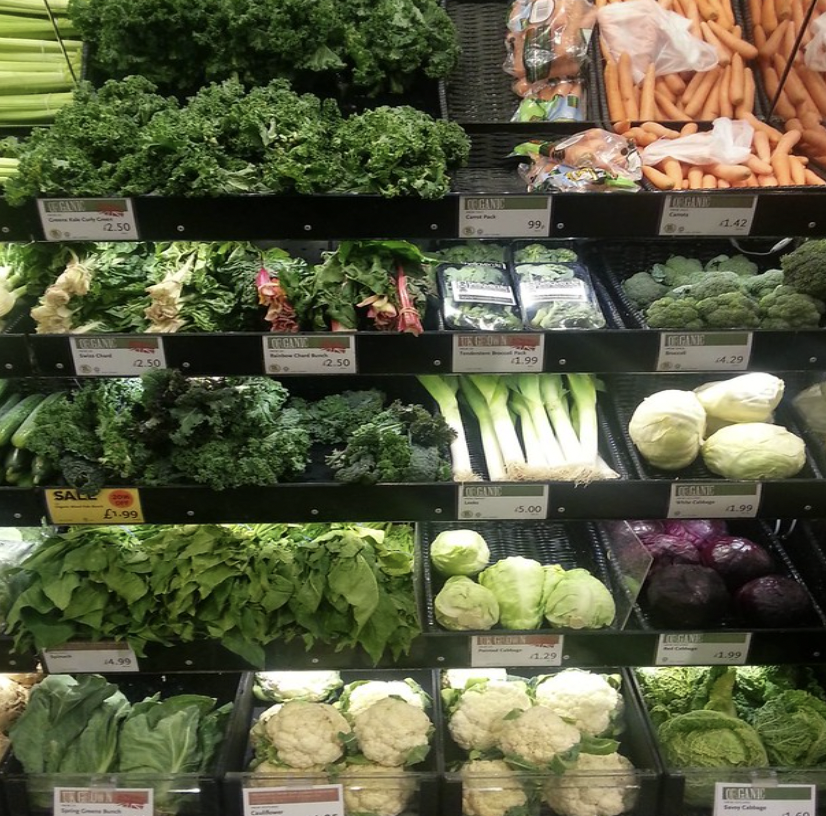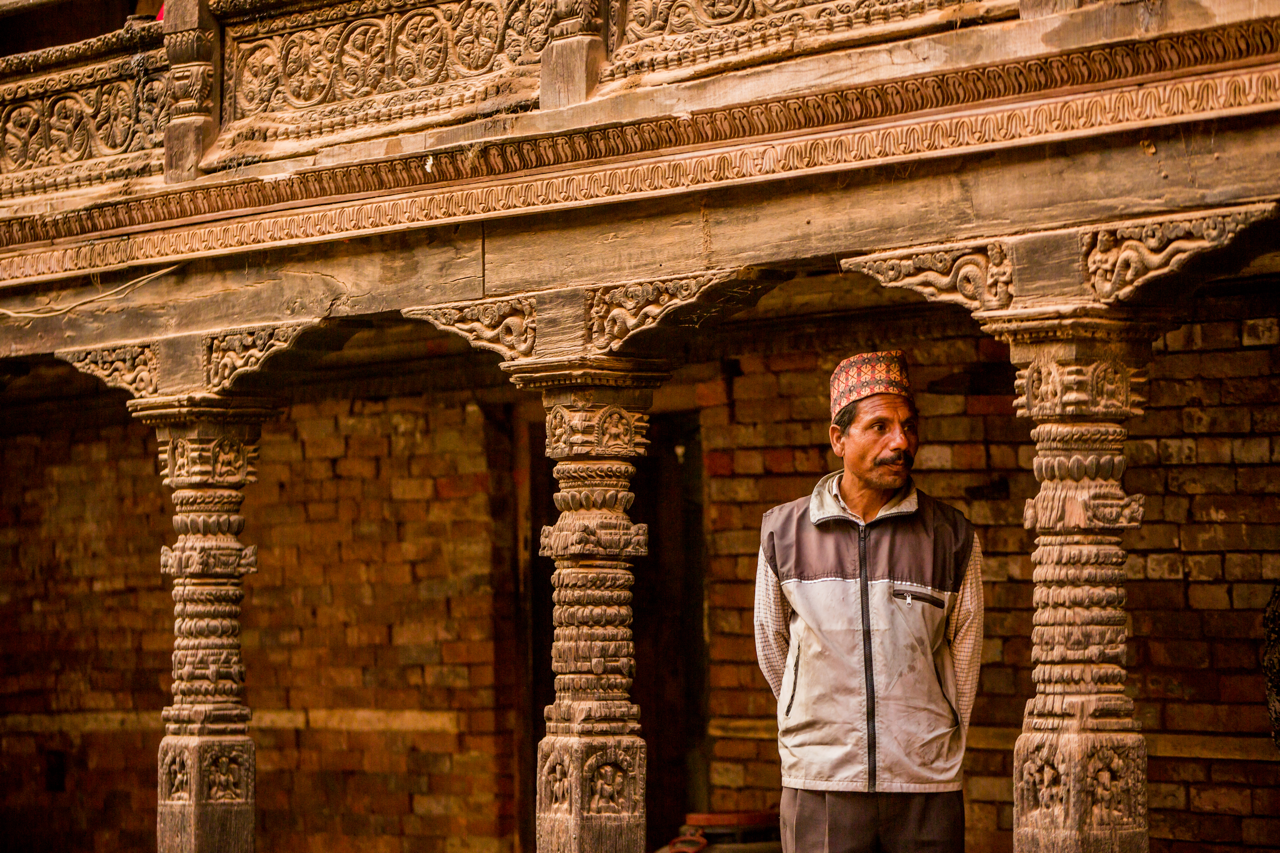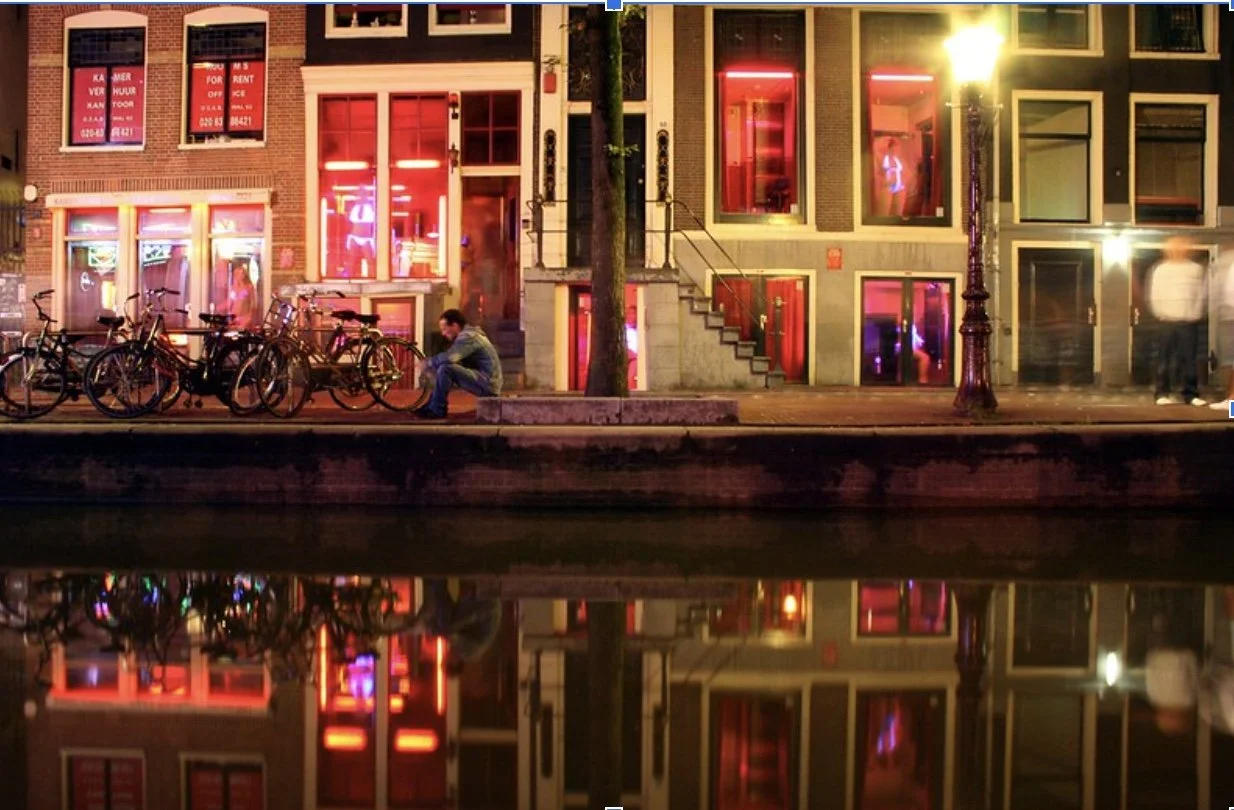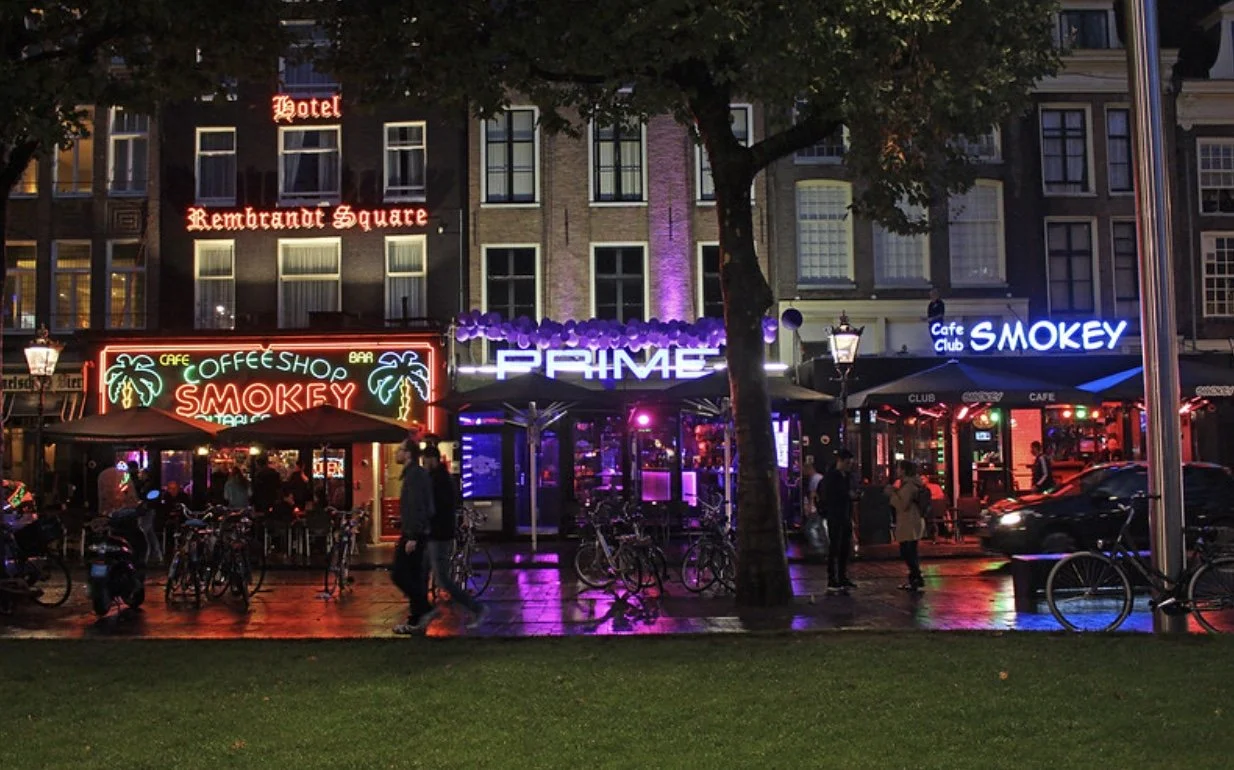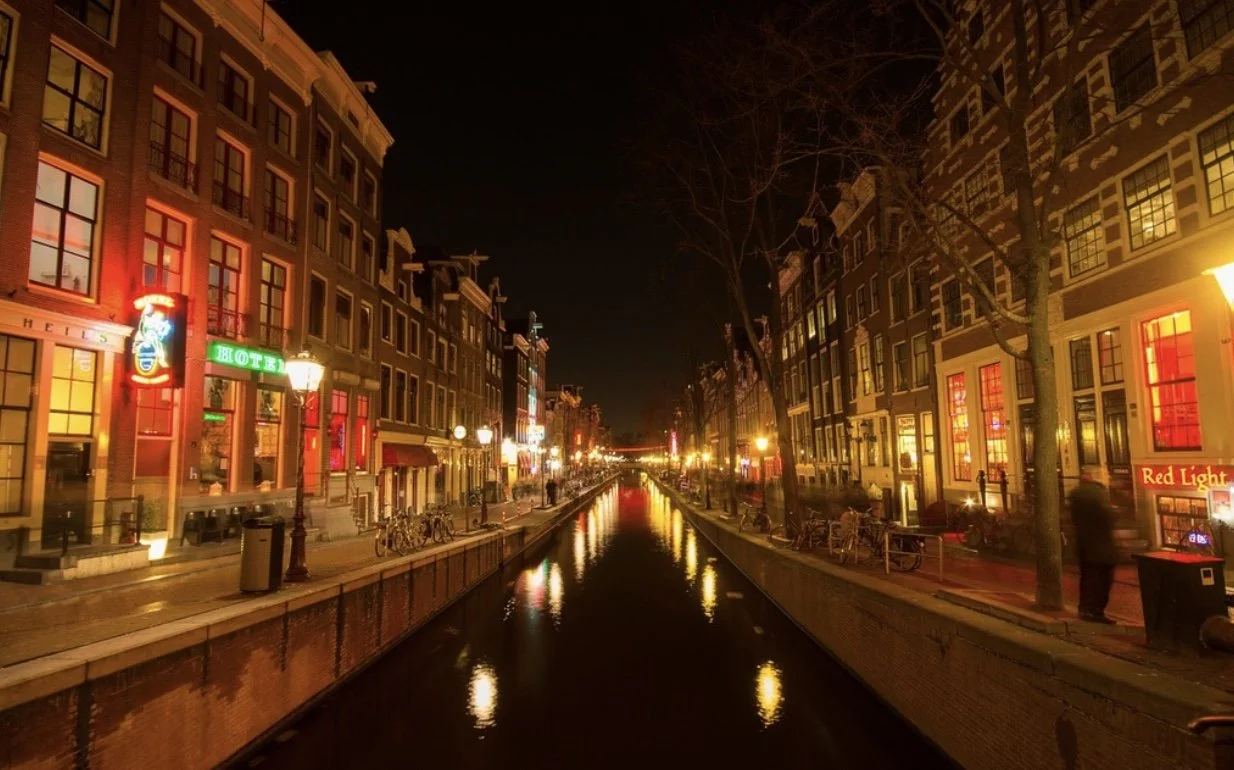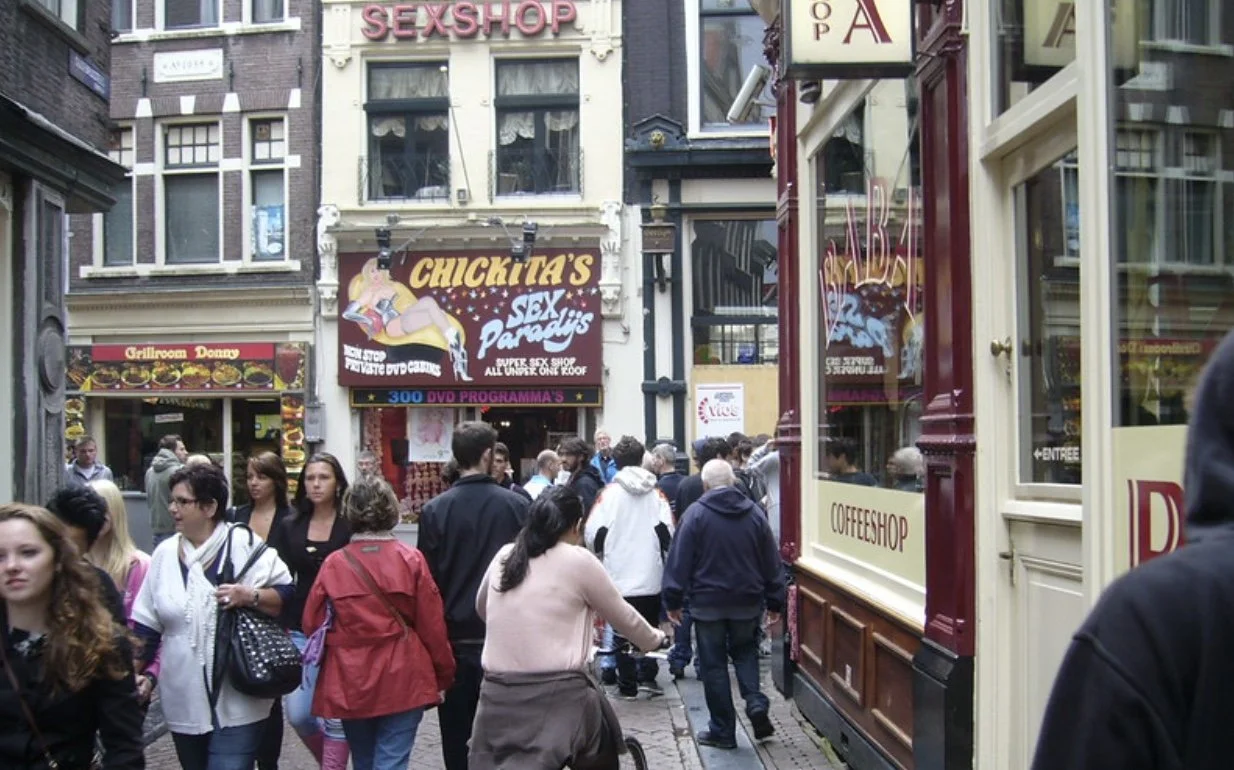Pink sari-wearing and bamboo stick-wielding feminists are fighting against a culture of rape and gender inequality in India.
Sampat Pal Devi, founder of the Gulabi Gang. Iecercle. CC BY-NC-SA 2.0
India’s rape crisis was brought to light back in December 2012 when a 23-year-old female student was raped and beaten to death by five men and a teenage boy. Protesters flooded India’s capital of New Delhi and forced authorities to seek the death penalty for the perpetrators. But the crisis lingers as cases of rape and neglect by corrupt government officials still plague India, especially in rural areas.
Approximately 70% of India’s population lives outside of major cities in the rural areas where it is even harder to seek out justice in the name of the law. Uttar Pradesh state is notorious for its high rate of sexual violence against women, even being named the “rape capital of India.” According to the National Crime Records Bureau, crimes against women in Uttar Pradesh increased by 20% from 2016 to 2019.
But there is hope for Uttar Pradesh, and it comes in the form of women wearing hot pink saris and wielding large bamboo staffs called lathis. Sampat Pal Devi is the founder and was the first leader of the Gulabi Gang, which translates to the “Pink Gang.” Their pink saris represent sisterhood and unity as they come together in droves to fight corruption and to ensure the basic rights of women and poor people in rural areas.
Devi’s story began when she was a single woman living in Uttar Pradesh’s Banda district and witnessed a man savagely beating his wife. She attempted to help, but he beat her as well. She returned a few days later with five other women and beat him with lathis. The story quickly spread throughout the town and more women came to Devi for help. In 2006, after the selection of the pink sari as their uniform, they officially established the Gulabi Gang. Their initial intention was to punish abusive men and combat domestic violence, but it has expanded into a much larger movement of feminism. The Gulabi Gang now fights for socioeconomic, cultural and political equality in order to enhance the basic skills of women to develop confidence and protect themselves from abuse through sustainable livelihoods.
Gulabi Gang resting during a protest. Iecercle. CC BY-NC-SA 2.0
Fast forward 14 years since its establishment and the Gulabi Gang has grown exponentially. Almost 100,000 women and men have banded together to join what is now a mass movement in northern India. In an interview with Vice News, Devi stated that, “The purpose of the Gulabi Gang was to unite women, because until women unite, we will never get what we believe are our rights.” She spent a great deal of her time intimidating and shaming government officials into making the correct choices and abiding by the law.
Although she made many achievements, Devi was removed from her position as leader of the Gulabi Gang for alleged self-promotion at the cost of the organization’s mission. Her removal caused quite a stir until the group’s assistant commander, Suman Singh Chauhan, was elected as its next leader. Even with the change in leadership, the Gulabi Gang stands strong as the organization continues to emphasize its mission.
The Gulabi Gang not only leads and protects but also teaches women a variety of skills necessary to be independent. Through its website, the group has raised enough money to build a school in an impoverished area. In the school, girls learn how to sew in order to earn money and delay the chance of their parents marrying them off. The group’s leaders teach new members how to defend themselves with lathis in free self-defense courses. Finally, they teach the world that through common sense and compassion one can start a revolution, even when the soldiers are wearing pink.
Yuliana Rocio
Yuliana is currently a Literature/Writing major at the University of California San Diego. Yuliana likes to think of herself as a lover of words and a student of the world. She loves to read, swim, and paint in her free time. She spent her youth as part of a travel-loving family and has grown up seeking adventure. She hopes to develop her writing skills, creating work that reflects her voice and her fierce passion for activism.







